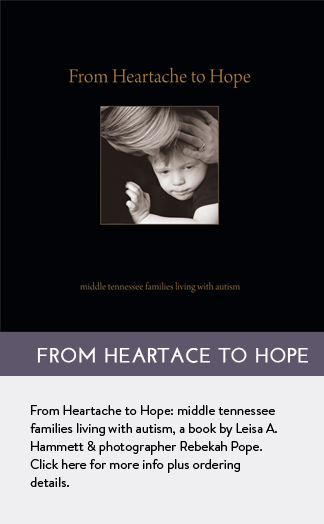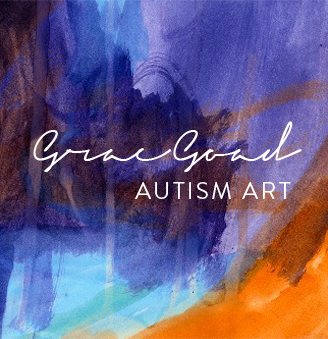O'Keefe with Fisk University students. Courtesy of NPT via Fisk University.
Wednesday, Nashville Public Television features an original production that traces the history and significance of Fisk University's art collection that is home to works by Picasso, Renoir, O’Keeffe, Cezanne, Demuth, Stieglitz, Hartley and more. After years of waiting to be called up as a volunteer docent at Atlanta's High Museum of Art, my number was called. Just as I was moving back to Nashville. After a brief stint at Cheekwood Garden and Museum of Art, I volunteered at Fisk's Carl Van Vechten Gallery, which housed this valuable and now controversial collection….
From NPT: The Alfred Stieglitz Collection of modern art at Fisk University consists of more than 100 works by European and American artists, many of them masters, as well as a number of African artifacts. By all accounts, it’s one of the most significant collections in the nation. The tale of how it came to Fisk University in 1949 is an extraordinary one, complete with a love story, a passion for art and education, and a desire to honor a legacy that great art should be accessible to the masses.
NPT explores this history and takes the viewer on a tour of the most significant works in the collection, in “The Gift: The Alfred Stieglitz Collection at Fisk University,” premiering on Wednesday, September 8 at 9:00 p.m. on NPT-Channel 8 (rebroadcast on Monday, September 20 at 9:30 p.m.)
“'It’s an extraordinary collection, and in some ways, one of Nashville’s hidden treasures," says NPT producer Linda Wei. "As we delved into the story, I became intrigued by the love affair of Stieglitz and Georgia O’Keeffe. They were a true powerhouse art couple whose impact on modern art was immense, and their relationship is as much a part of what makes this collection vital as the art itself. I think viewers unfamiliar with their story will be genuinely moved."
Stieglitz was a pioneering figure in American photography, the nation’s “first art photographer,” Victor Simmons, director and curator of Fisk University Galleries, tells us. As a collector, he was “almost as phenomenal as he was an artist.”
It was through his 291 Gallery on Fifth Avenue in New York that Stieglitz met the young artist O’Keeffe. They became friends and mutual supporters of each other’s art and ambitions, and in 1924, married – a marriage that would last until Stieglitz’s death in 1946.
O’Keeffe’s landmark work, “Radiator Building – Night, New York,” as Simmons tells us in the documentary, is a tribute to not only O’Keeffe’s love for Stieglitz, but her admiration for his talents.
“The pièce de résistance in the painting is this beautiful lighted sign … that illuminates with the name Alfred Stieglitz in it,” says Simmons. “Right above his name, if you look up in the heavens, you see this lone star, and it tells you exactly what this painting is about. It’s about him. He is as glorious, he’s as grand, he is as majestic as that skyscraper.”
It was Stieglitz and O’Keeffe’s relationship with philanthropist Carl Van Vechten that would eventually lead to a portion of Stieglitz’s collection – 850 paintings and thousands of photographs by the time of his death – to make their way to Fisk. Van Vechten was particularly supportive of emerging African-American artists and writers, among them Langston Hughes. He was also friends with then Fisk University president Charles Johnson, and had donated to the University what was at the time considered the premier music archives in the South.
After Stieglitz’s death, it became important to O’Keeffe that his collection be placed strategically in different regions of the country, so everyone, regardless of race, could have access to the art. The places chosen were the Metropolitan Museum of Art in New York, the Art Institute of Chicago, the National Gallery of Art in Washington, the Philadelphia Museum of Art, the Library of Congress and – per Van Vechten’s suggestion – Fisk University. The building in which the collection is housed is named in his honor.
Through interviews with Simmons, Reavis Mitchell, professor and chairman of the Fisk University Department of History, Vivien Green Fryd, professor and chairman of the Vanderbilt University History of Art, and Carol Creswell-Betsch, whose mother was one of the first people to work at the new Carl Van Vechten Art Gallery, viewers are introduced to several of the most notable pieces in the collection. In addition to “Radiator Building – Night, New York,” O’Keeffe’s “The Flying Backbone,” from her Southwestern period, is explored. Among other works discussed are Charles Demuth’s “Calla Lillies (Bert Savoy),” Florine Stettheimer’s “Portrait of Alfred Stieglitz,” Stanton Macdonald-Wright's “Spring Synchromy,” and a number of works by Marsden Hartley and John Marin.
“This part of the Stieglitz collection goes to Fisk University with the hope that it may show that there are many ways of seeing and thinking,” said O’Keeffe when the collection was given to Fisk, “And possibly, through showing that there are many ways, give someone confidence in his own way, which may be different, whatever its direction.”
“The Gift: The Alfred Stieglitz Collection at Fisk University” was made possible with the generous support of the Metro Nashville Arts Commission.





Frankly, I was disappointed in Channel 8’s coverage because there was no mention of the controversy surrounding Fisk’s potential loss of the collection. At the Frist’s Impressionist exhibit media tour, I saw Joe Pagetta, NPT’s media director and he explained that the station stays out of the controversy, as such.
Just got this amazing and wonderful piece of news from my friend Genma Holmes. A Fisk alumna has stepped forward with a gift, made through the Community Foundation, securing the collection at Fisk. Wonderful news! Bravo! Here’s her blog post regarding:
http://genmaspeaks.blogspot.com/2010/10/carol-creswell-betsch-guardian-angel.html